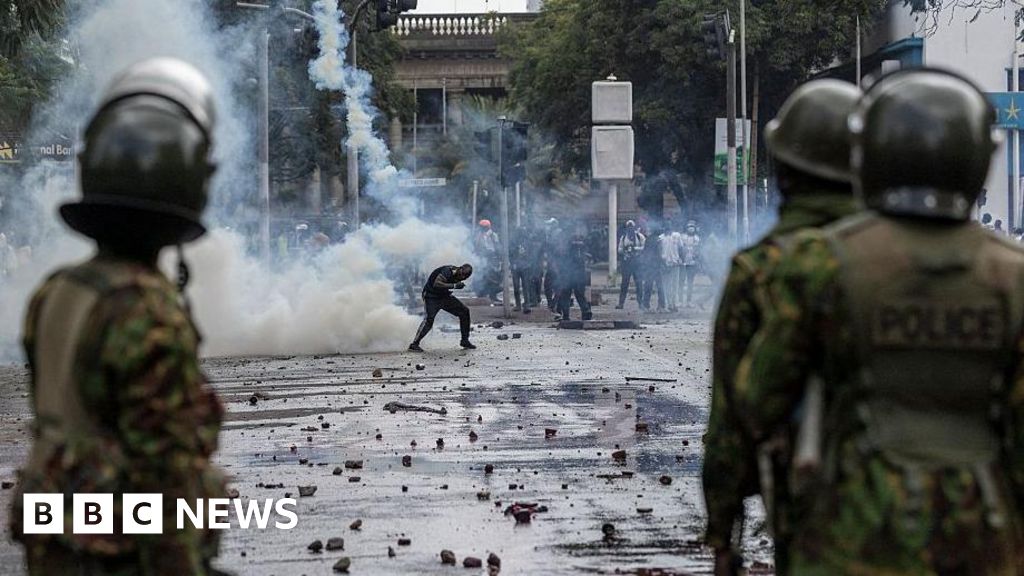In a strong statement, Kenya’s Interior Minister Kipchumba Murkomen characterized the recent protests as an “unconstitutional attempt” to overthrow the government, denouncing them as “terrorism disguised as dissent.” This comes in the wake of violent demonstrations that resulted in at least 10 fatalities and left over 400 people injured, including approximately 300 police officers.
Murkomen expressed gratitude towards security personnel, praising their “remarkable restraint amid extreme provocation,” and attributed their actions to preventing an attempted coup. He condemned the protestors, calling them “criminal anarchists” who engaged in violence, looting, sexual assaults, and destruction under the guise of peaceful assembly.
According to the minister, key government facilities were targeted during the protests, with nine police stations attacked—five of which were set ablaze—and firearms stolen. Vehicles belonging to police, government, and civilians were also destroyed.
While the minister confirmed investigations into the casualties and the events surrounding the violence, human rights group Amnesty International reported a higher death toll, claiming 16 fatalities, all resulting from gunshot wounds. Among the deceased was 19-year-old David Mwangi from Nairobi’s Mukuru informal settlement, who was shot while reportedly on his way to collect his younger brother from a tuition class. His mother, Rachael Nyambura Mwangi, expressed her heartbreak, stating, “David was hoping to go to college to become a mechanic… he was my first-born and he was my helper.”
Additionally, 17-year-old Dennis Njuguna was killed in Molo shortly after school hours. His mother, Jecinta Gathoni, lamented, “I don’t know if he was in the midst of the protesters or if a stray bullet hit him. My child was still young, he had his dreams.”
The protests coincided with the first anniversary of previous anti-government demonstrations. Thousands rallied against President William Ruto’s administration, demanding an end to police brutality, with many chanting, “Ruto must go,” and marching with branches symbolizing peaceful opposition.
In an effort to control the narrative, the government prohibited live television and radio broadcasts of the protests. However, this ban was lifted following a ruling from the Nairobi High Court, and rights organizations have criticized the police’s response, asserting that it resulted in “unnecessary aggression and brute force” which led to senseless fatalities. On the day of the protests, three police officers also reported injuries.

